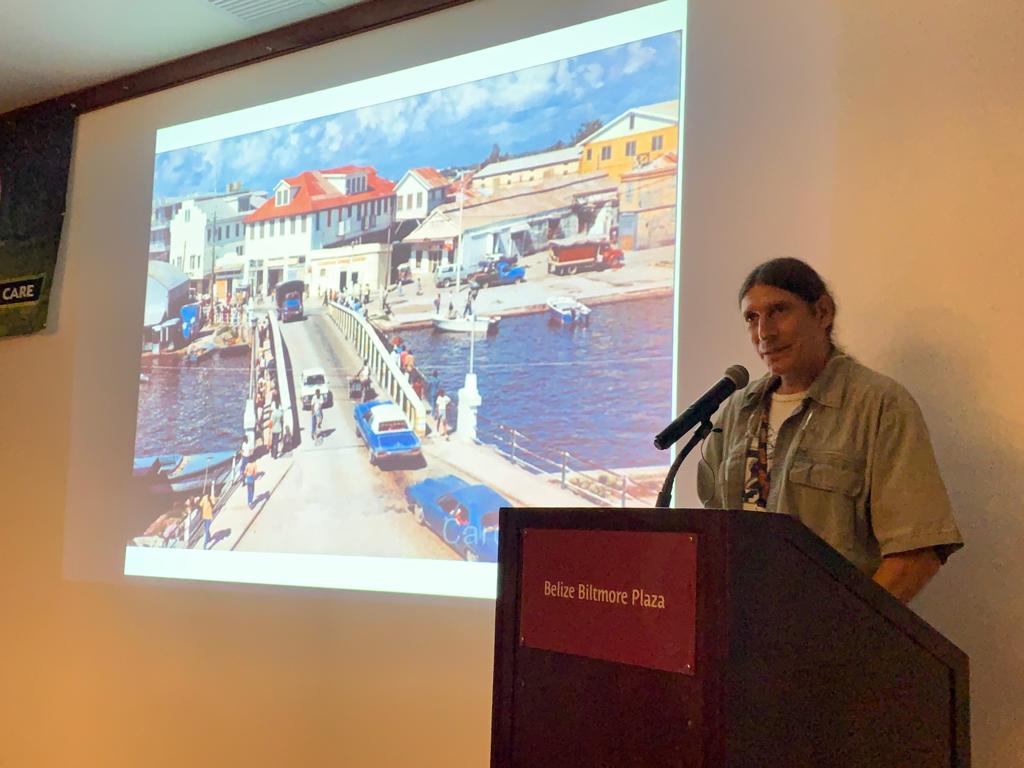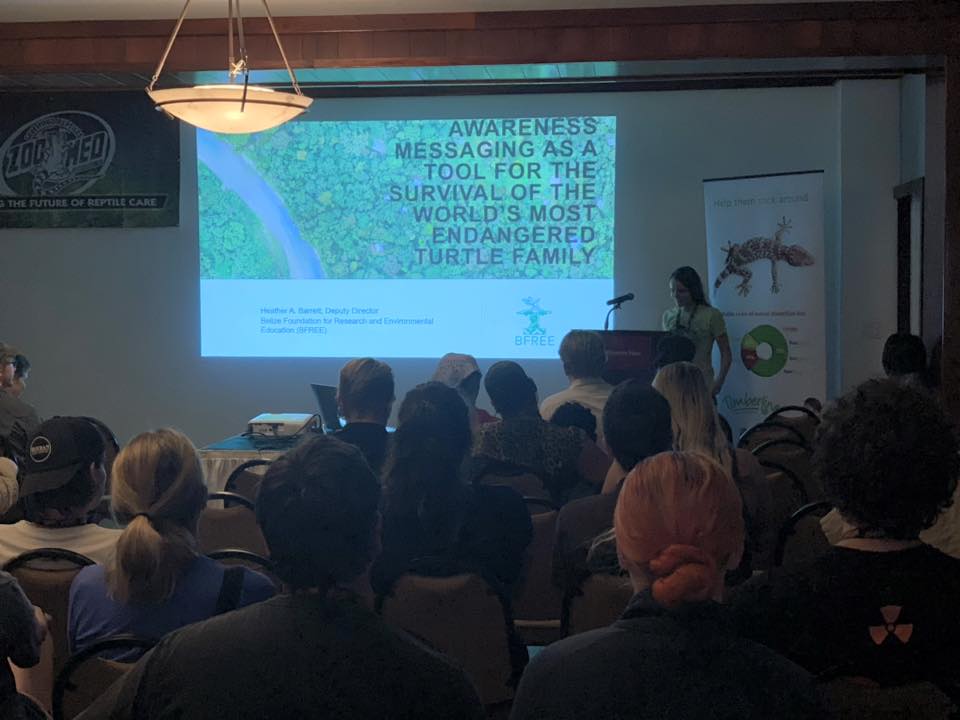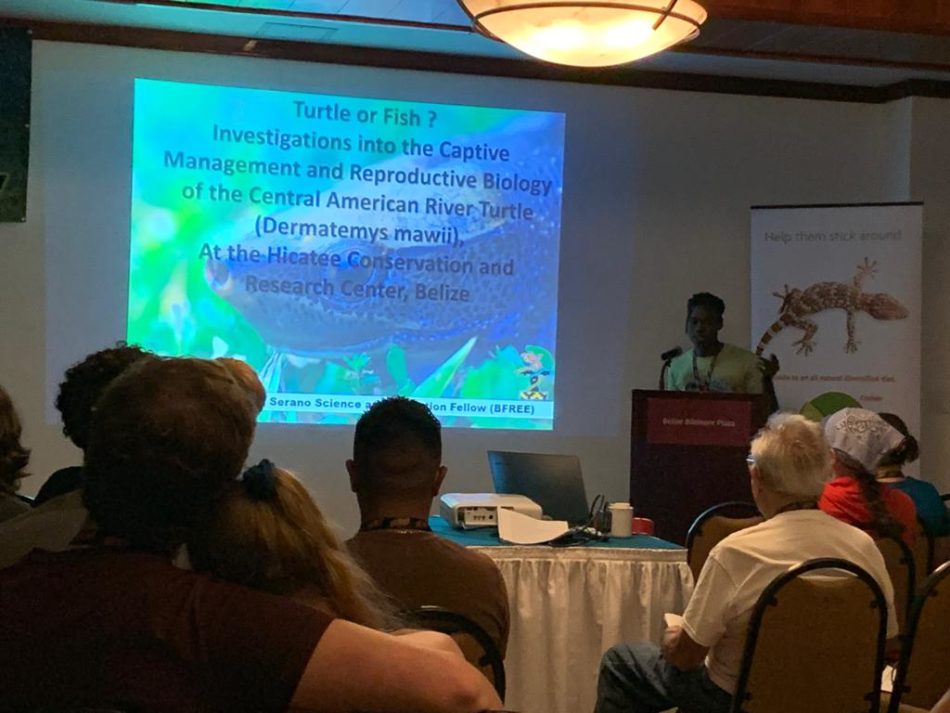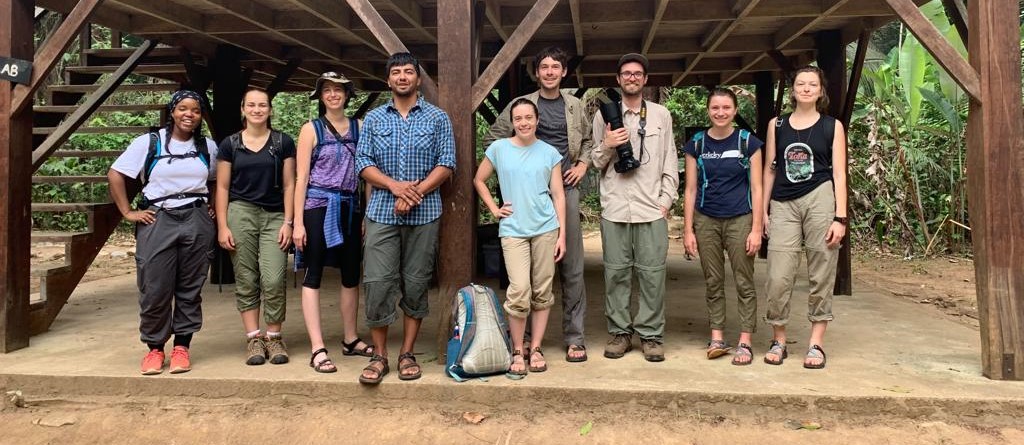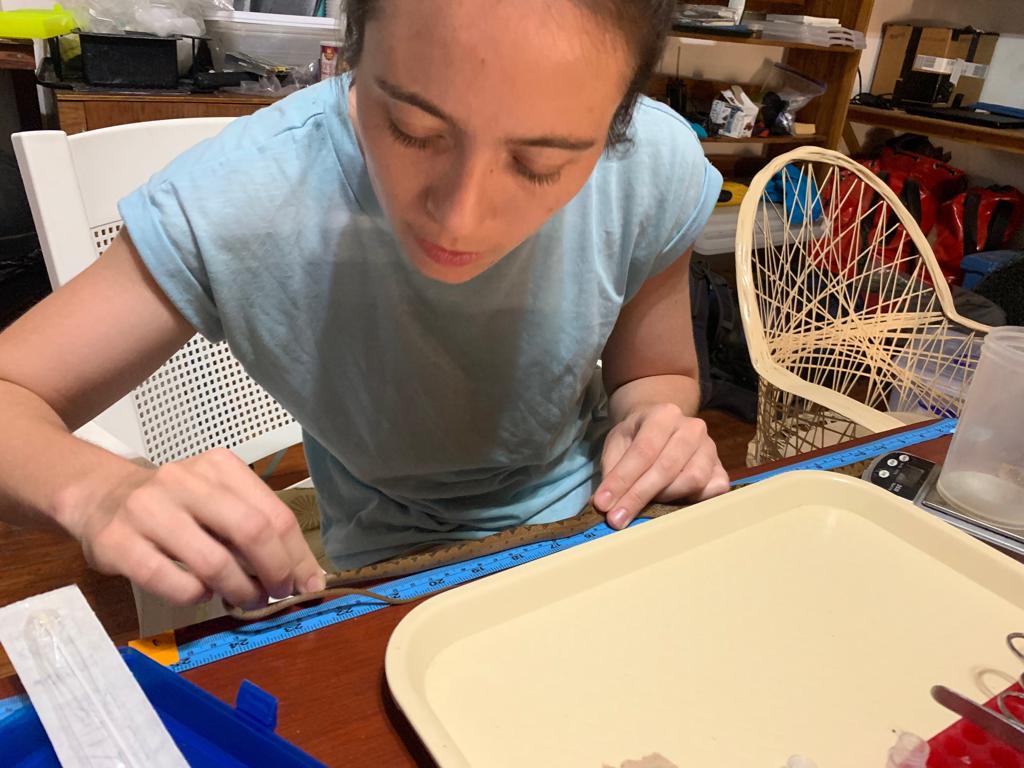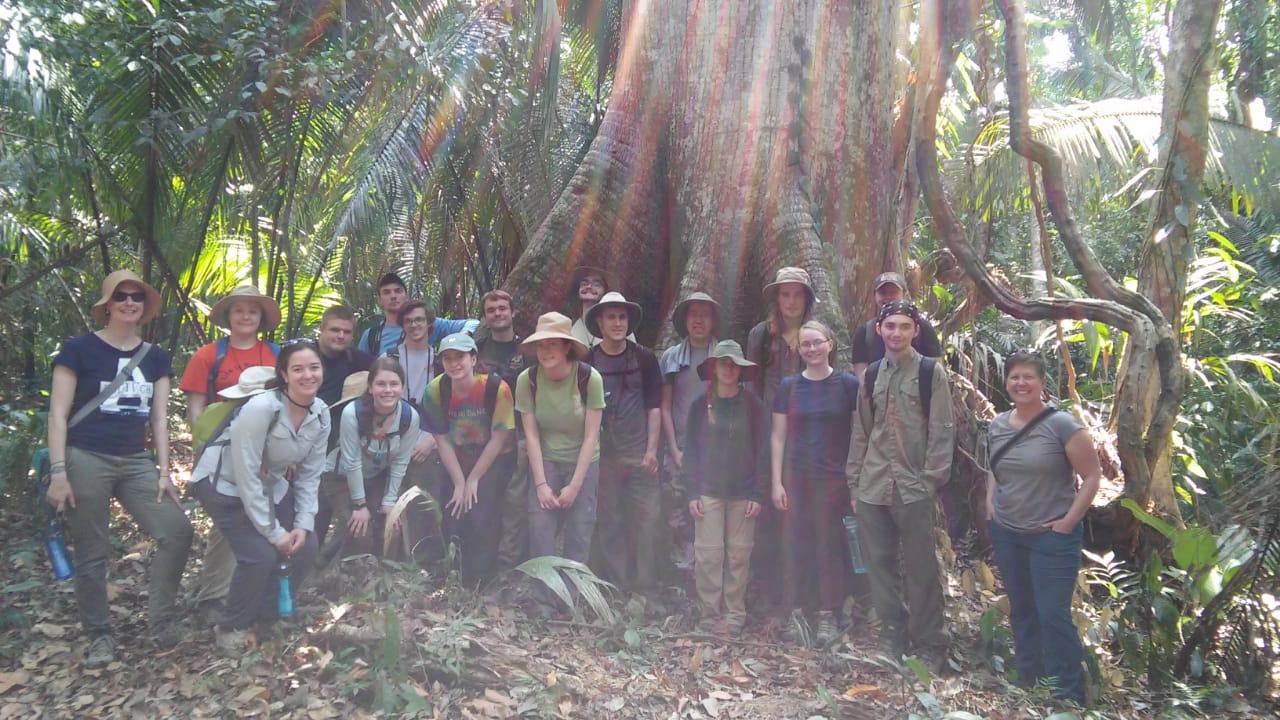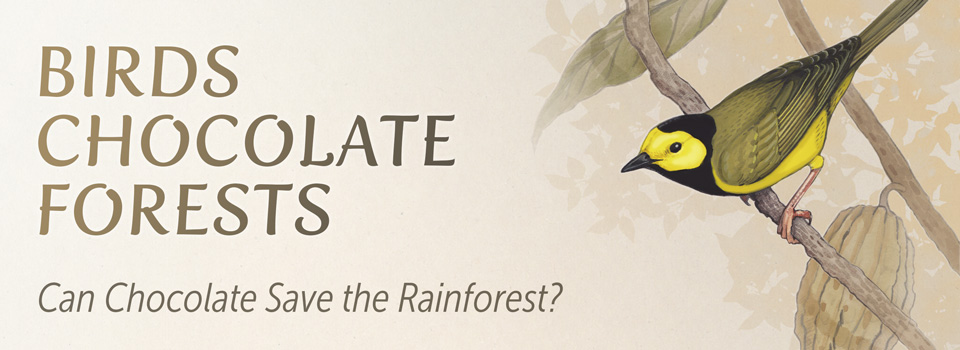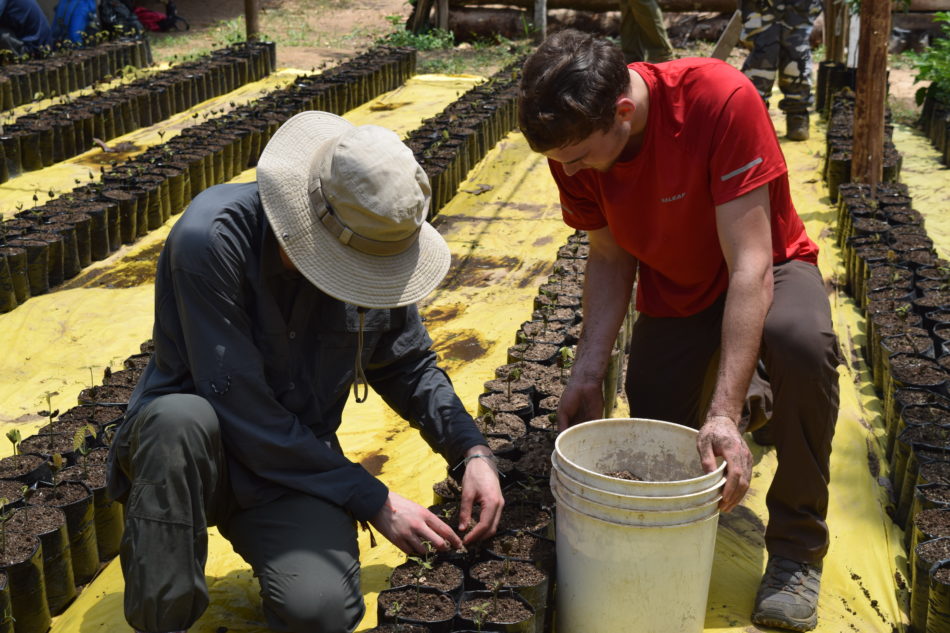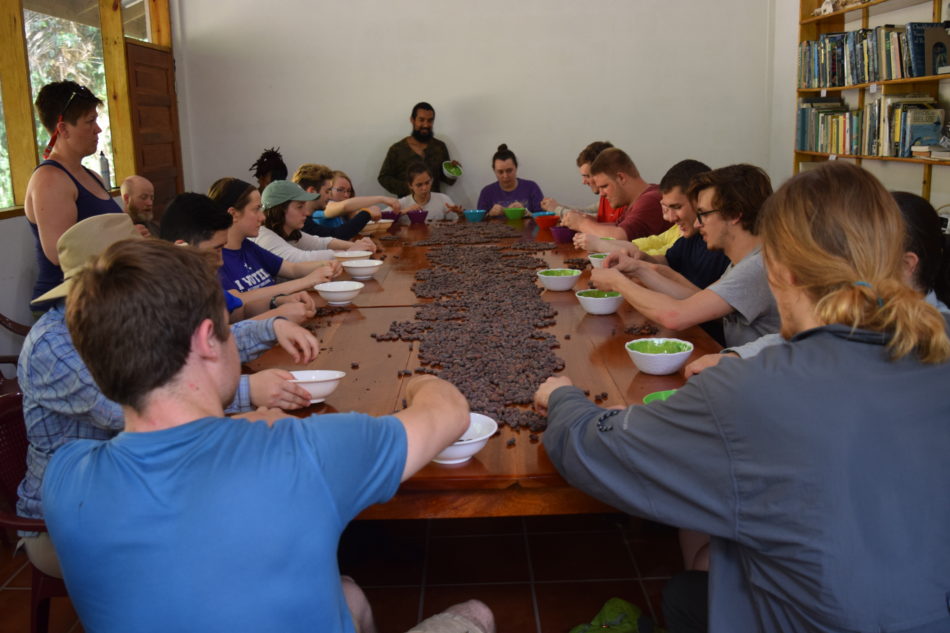2019 Field Season Wrap Up
We are wrapping up another incredibly rewarding year of hosting field courses at the BFREE Field Station. 2019 brought seven colleges and universities from the US and one from Belize. Altogether, just over 100 students and 20 instructors spent between 4-10 nights at BFREE. They could be found immersing themselves in the jungle hiking both day and night, working on independent research projects, learning about the critically endangered hicatee turtle, tasting cacao fresh off the pod, swimming in the river, snacking on johnny cakes, and searching for the elusive Harpy eagle.
Most field courses require students to work on independent research projects in order to receive an introduction to environmental field methods through hands-on learning. Students gain a basic understanding of field methods necessary to discuss and research various environmental issues. Some will come prepared with a question in mind before they arrive at BFREE, however, for many once they arrive with one sweeping view of the jungle, the possibilities of research are endless. Below are just a few examples of the independent research projects students worked on this year.
- 1. Are howler monkeys most active at dusk or at dawn?
- 2. Does the height of the tree determine the size of its buttress?
- 3. Will the trees near the river or a waterbody grow taller than the ones that are not near a waterbody?
- 4. Will a foreign liquid throw the leafcutter ants off their trail?
- 5. Does the higher density of insects/food source in an area coincide with a higher density of birds in that area?
A special thanks to each of our instructors that make our Faculty-Led Field Courses a success. We look forward to having you back next time!
2019 BFREE Field Course Group Photos
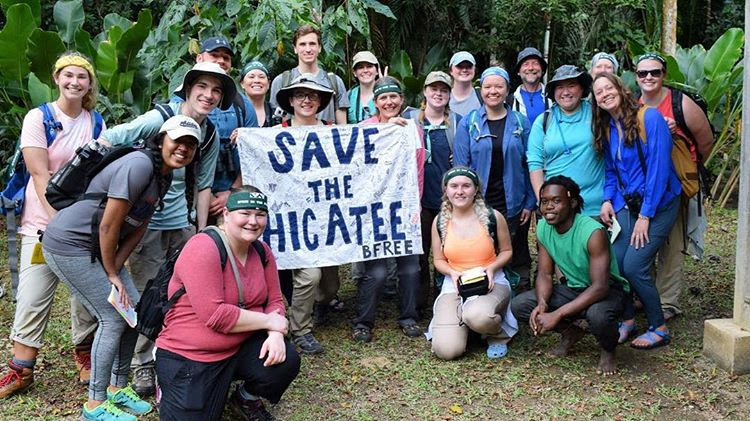
The University of North Carolina Wilmington, Wilmington, N.C.

The University of Massachusetts at Amherst, Amherst, MA
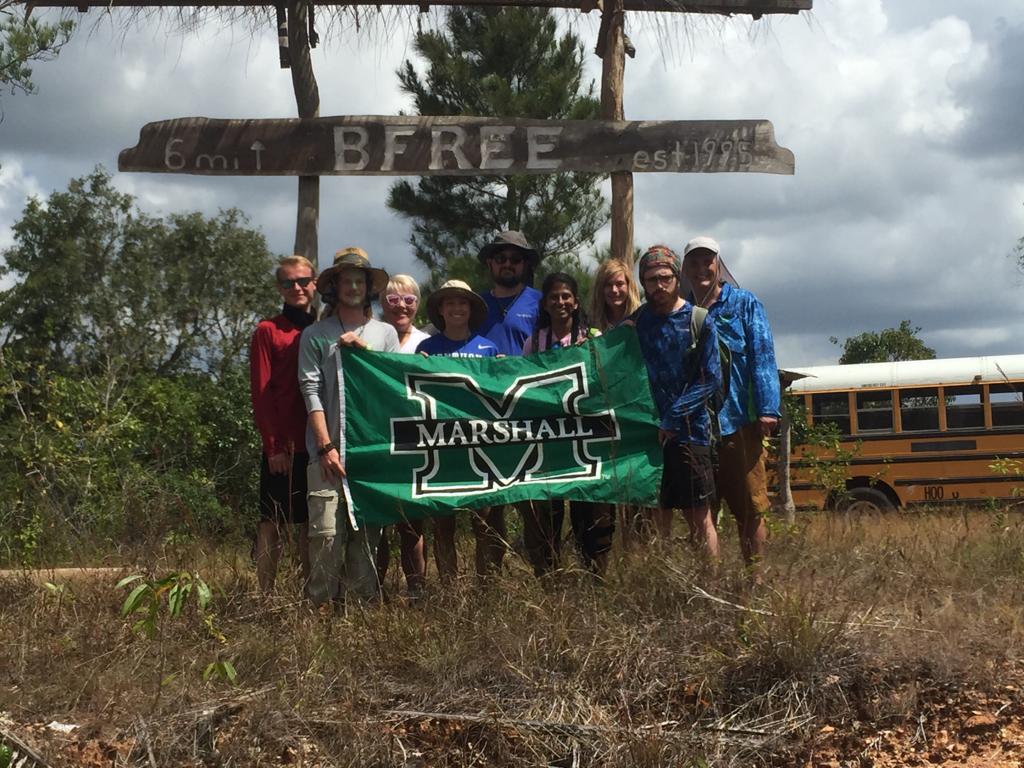
Marshall University, Huntington, West Virginia
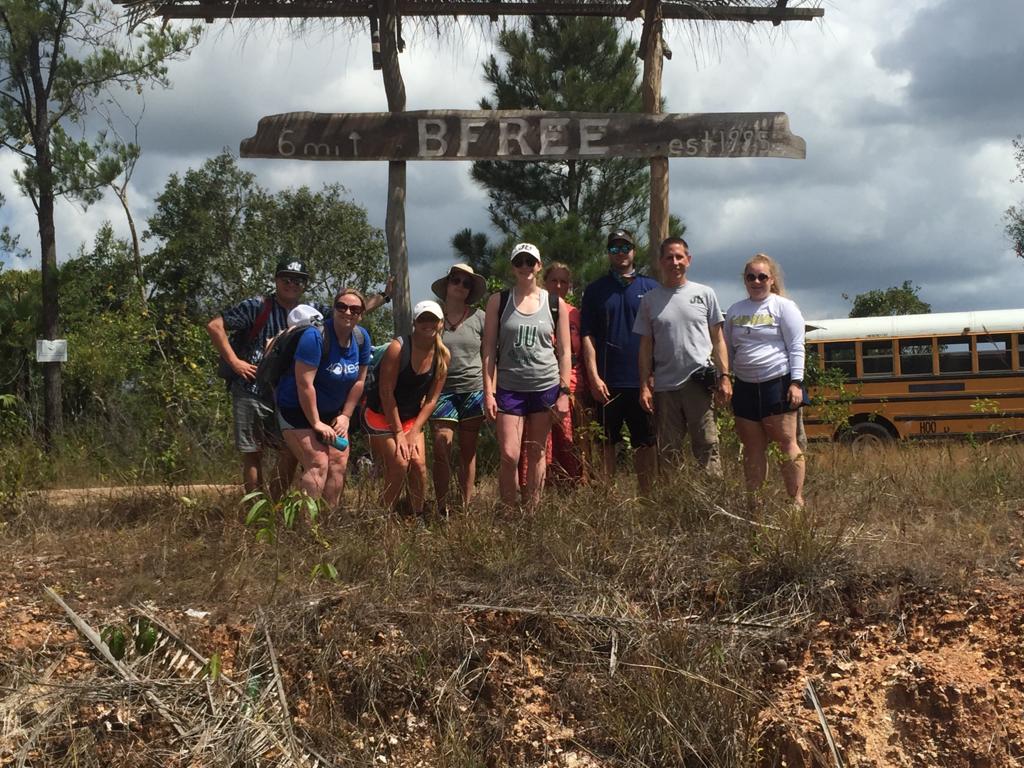
Jacksonville University, Jacksonville, FL
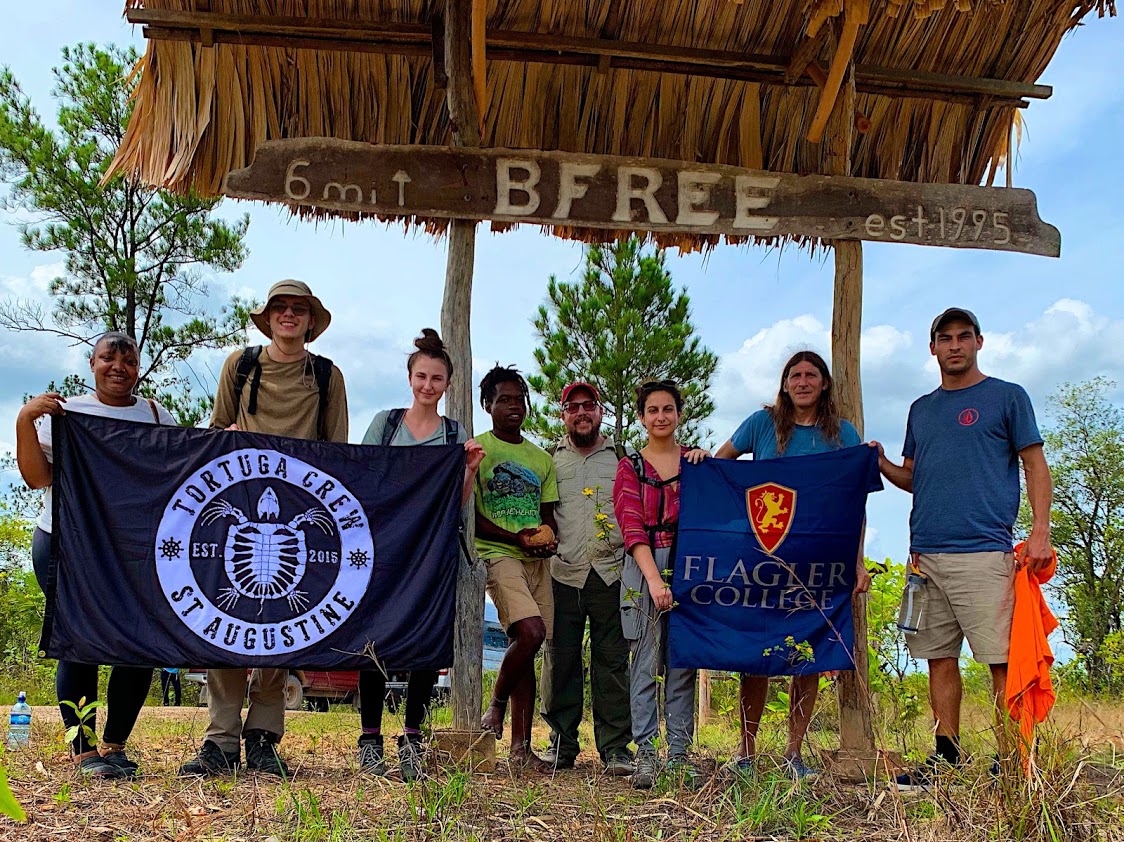
Flagler College, St Augustine, FL
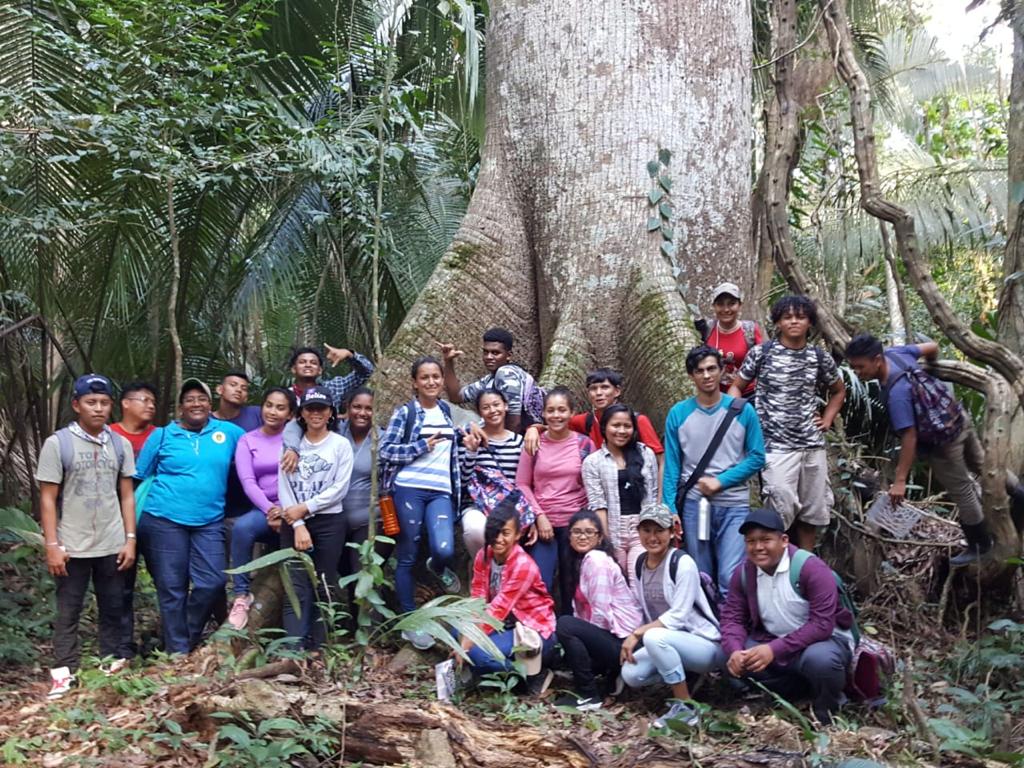
Independence Junior College, Independence, Belize
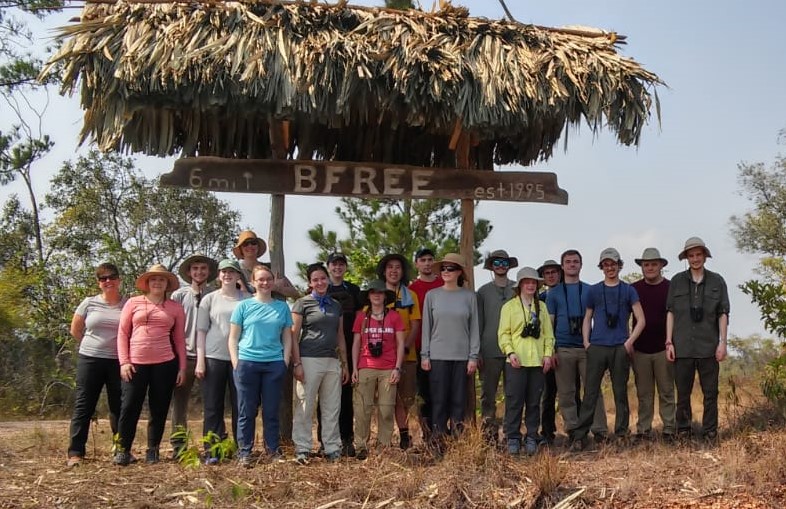
Allegheny College, Meadville, PA
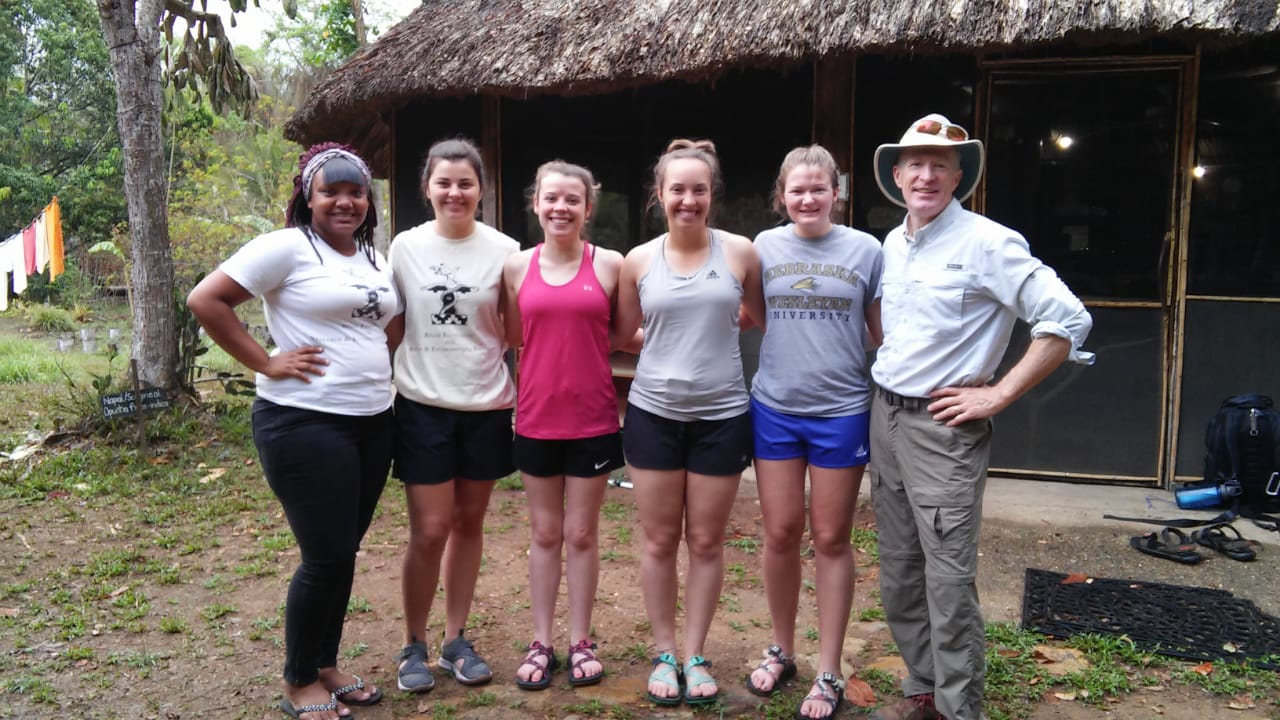
Nebraska Wesleyan University, Lincoln, Nebraska
PHOTO HIGHLIGHTS
We would love to see the photos you took during your time in Belize. Please share them via social media on Instagram @bfreebz or by email to contact@bfreebz.org.


